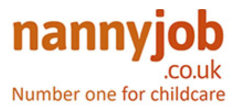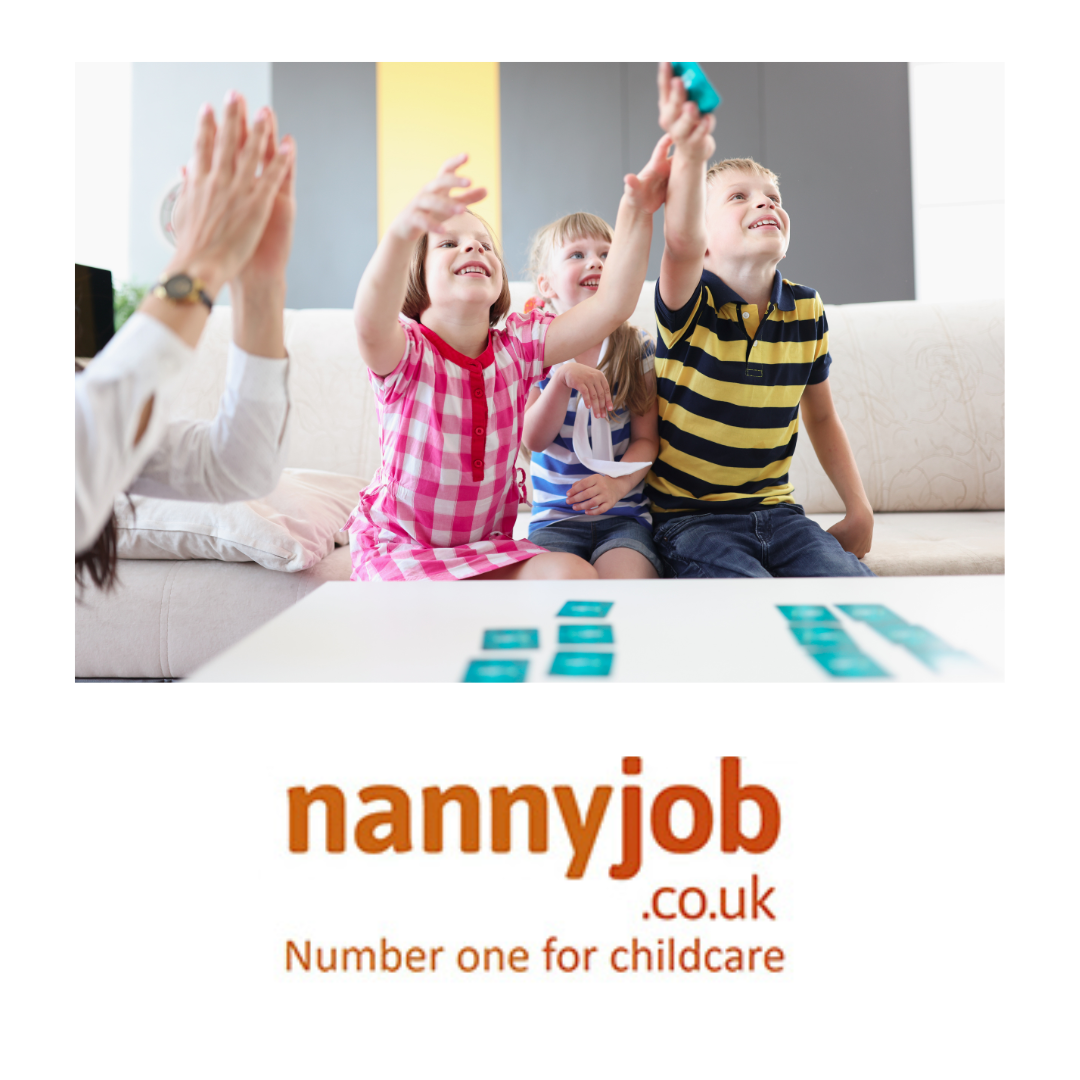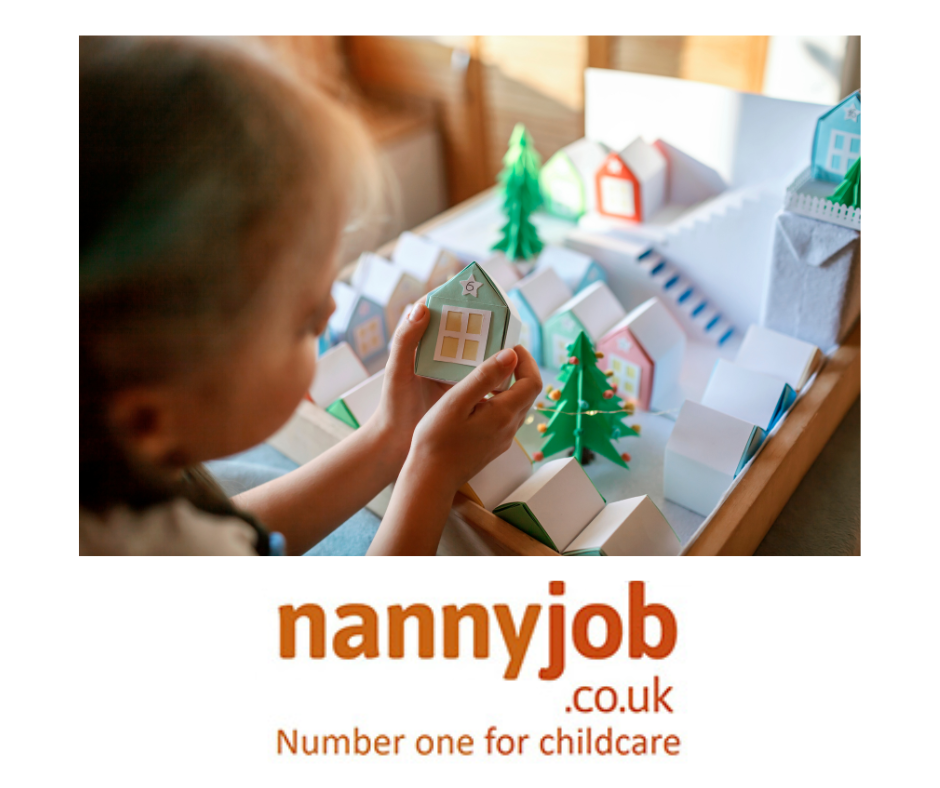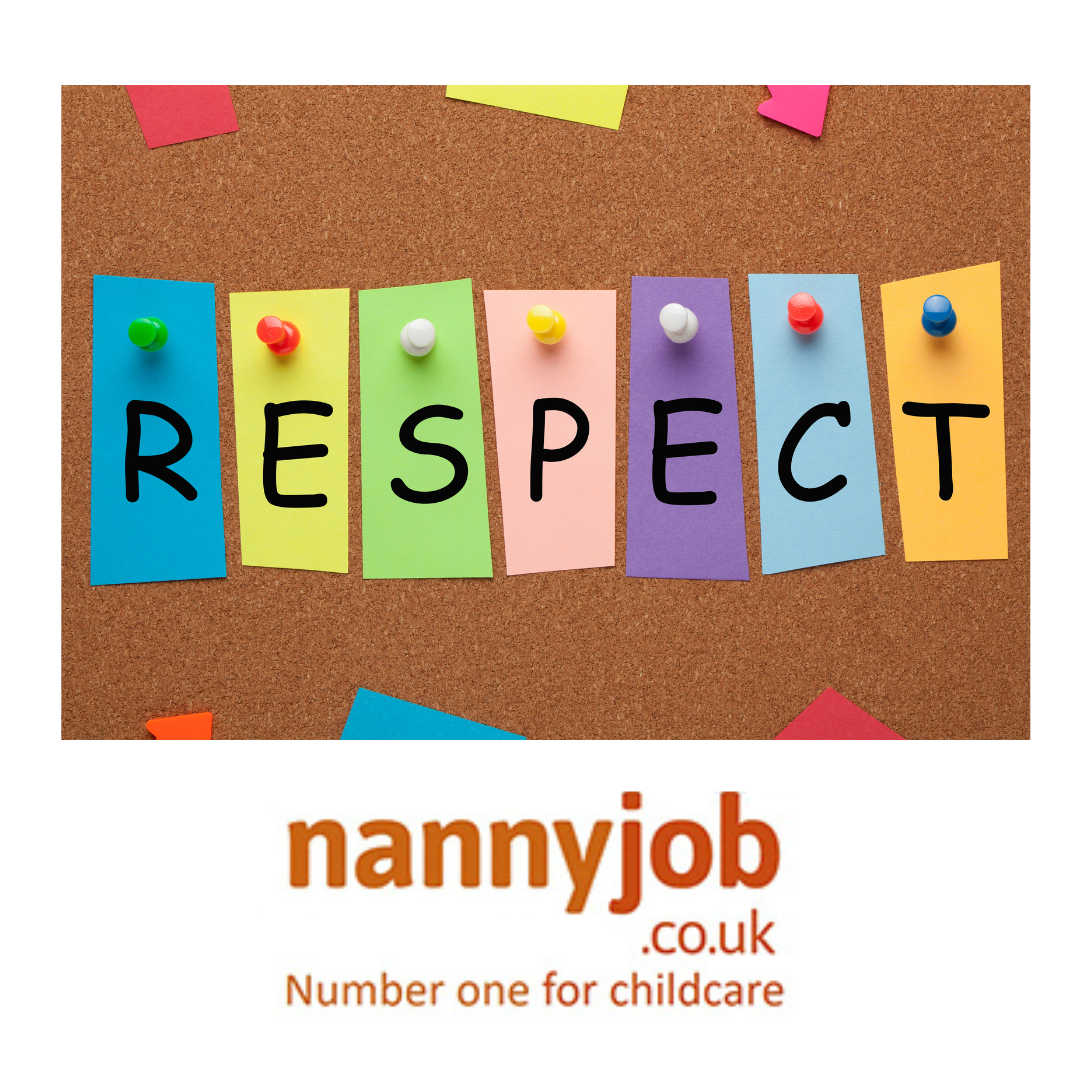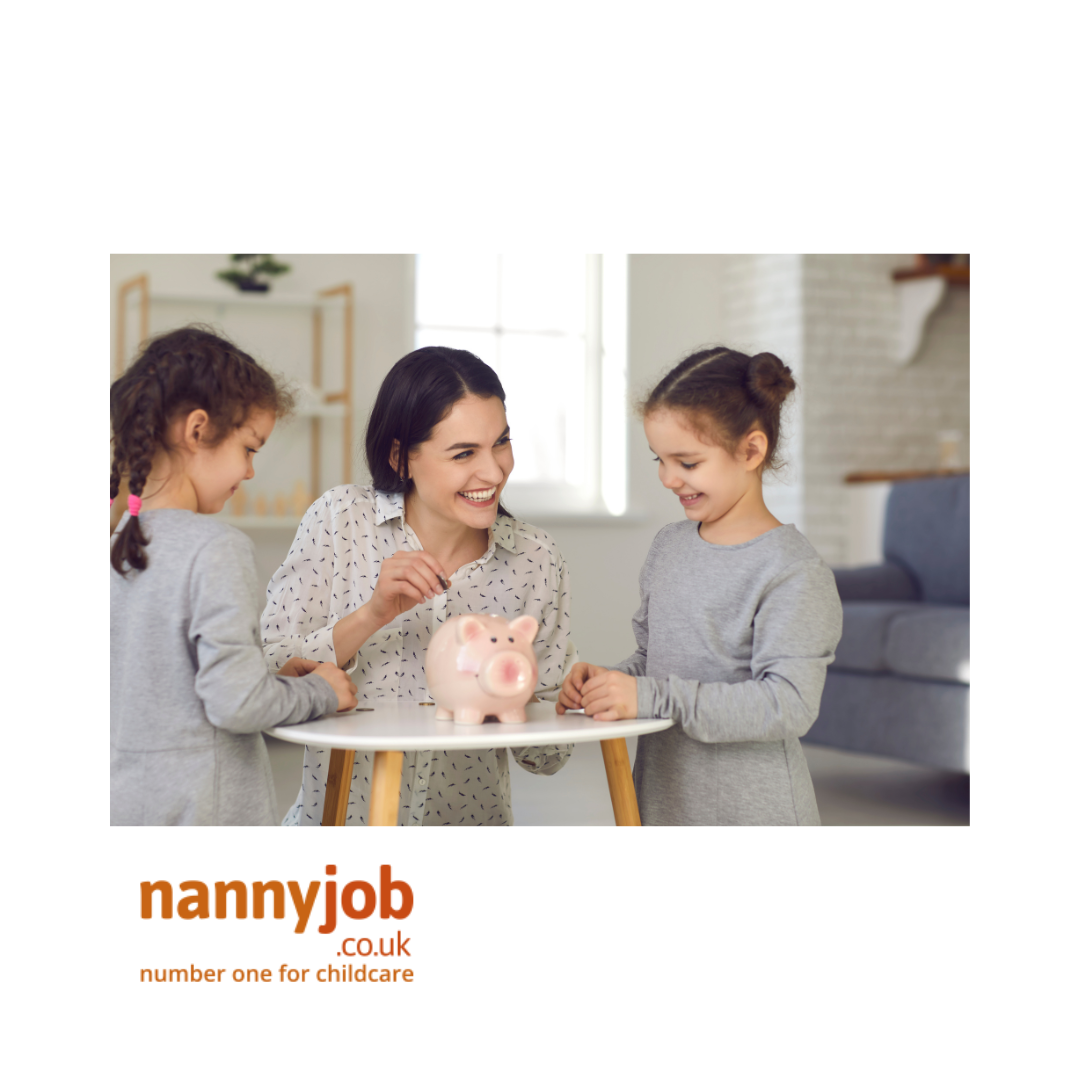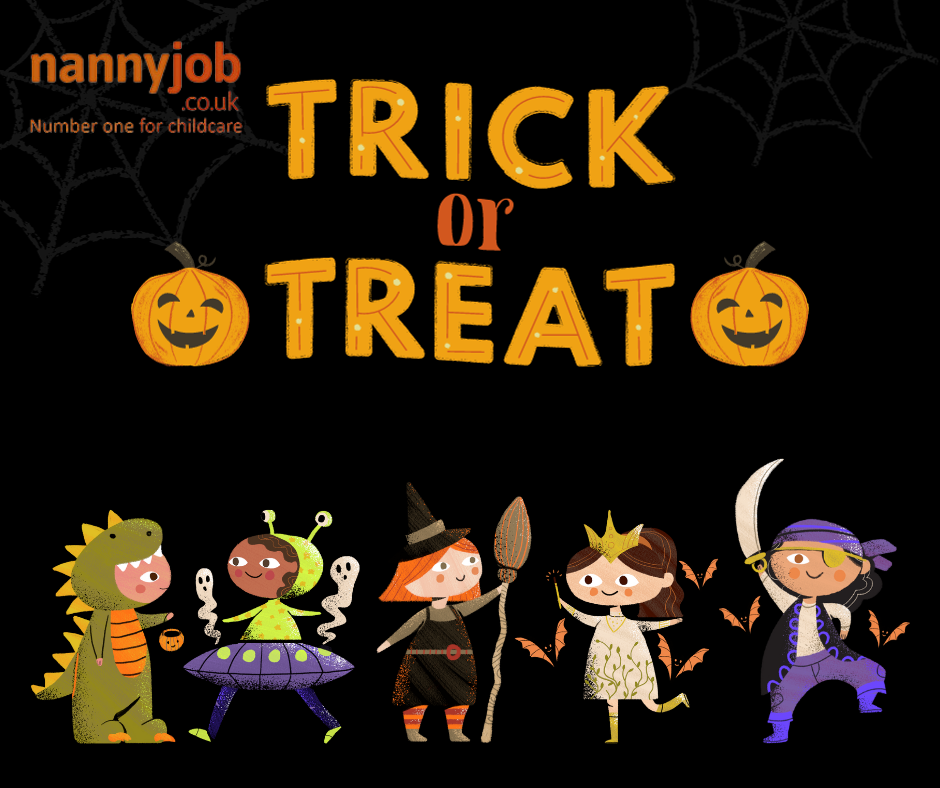The festive season is not just about gifts and decorations; it’s a perfect time to engage young minds in educational activities disguised as fun Christmas games! As a nanny, parent, or educator, you can utilize these games to enhance children’s learning experiences during this joyful season. Here are five educational Christmas games that are sure to be a hit with young children.
1. Christmas Memory Match:
Create a memory match game using Christmas-themed cards. Include pictures of Santa, reindeer, Christmas trees, and more. This game helps improve memory and recognition skills in a festive and fun way.
2. Holiday Word Scramble:
Prepare a list of scrambled Christmas-related words for the children to unscramble. This activity is great for developing spelling and vocabulary skills. For younger children, use simple words like ‘toy’, ‘elf’, or ‘snow’.
3. Counting Christmas Lights:
Set up a string of Christmas lights and ask the children to count them. You can make this more challenging by grouping the lights and practicing basic addition or subtraction. This game is excellent for teaching counting and basic math skills.
4. Christmas Bingo with a Twist:
Create bingo cards with Christmas images or words. As you call out the items, children can mark their cards. To add an educational twist, include simple math problems that need to be solved to find the correct image or word.
5. Festive Treasure Hunt:
Organize a treasure hunt with clues hidden around the house or classroom. Each clue should lead to the next, with a small gift or treat at the end. The clues can be riddles, puzzles, or questions related to Christmas, promoting problem-solving and critical thinking skills.
These games not only keep children entertained but also support their cognitive development in a playful and festive way. Enjoy these educational Christmas games and watch the children light up with joy and curiosity!
